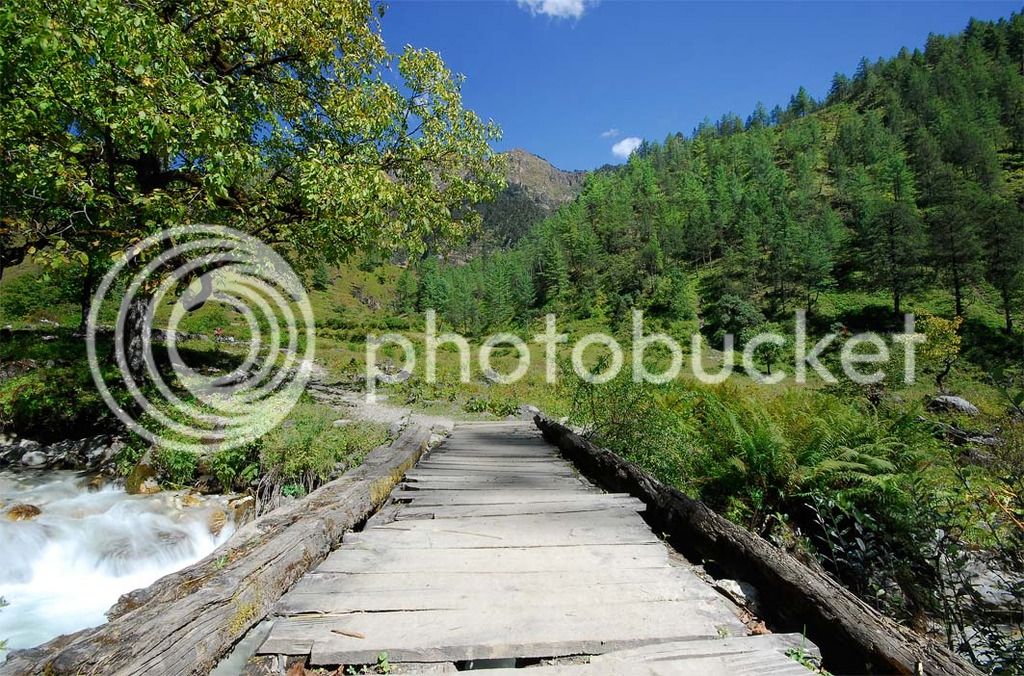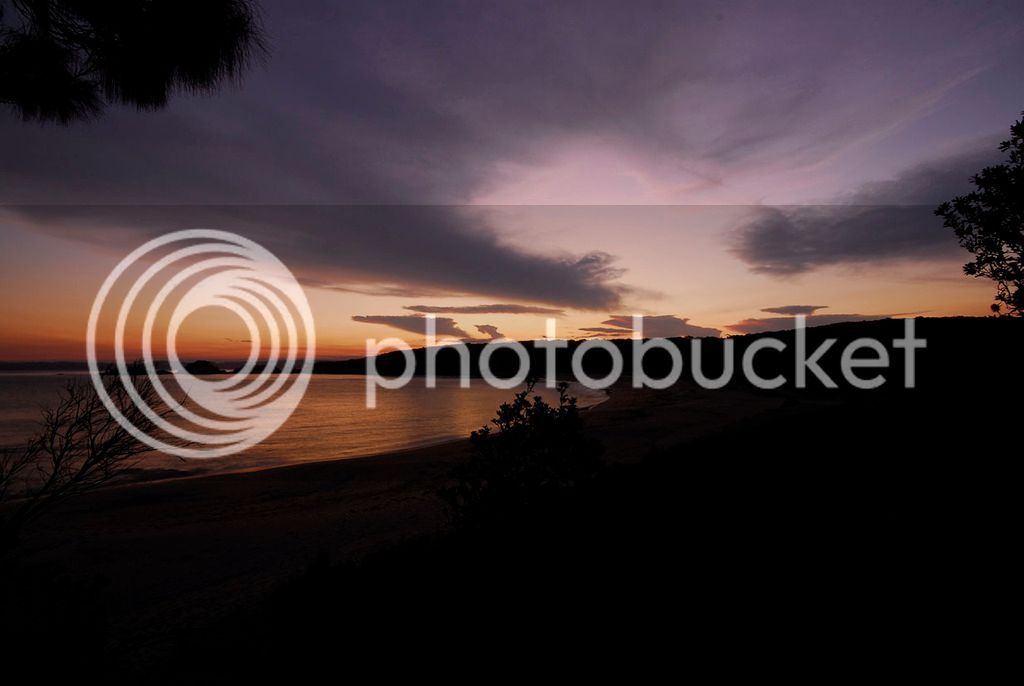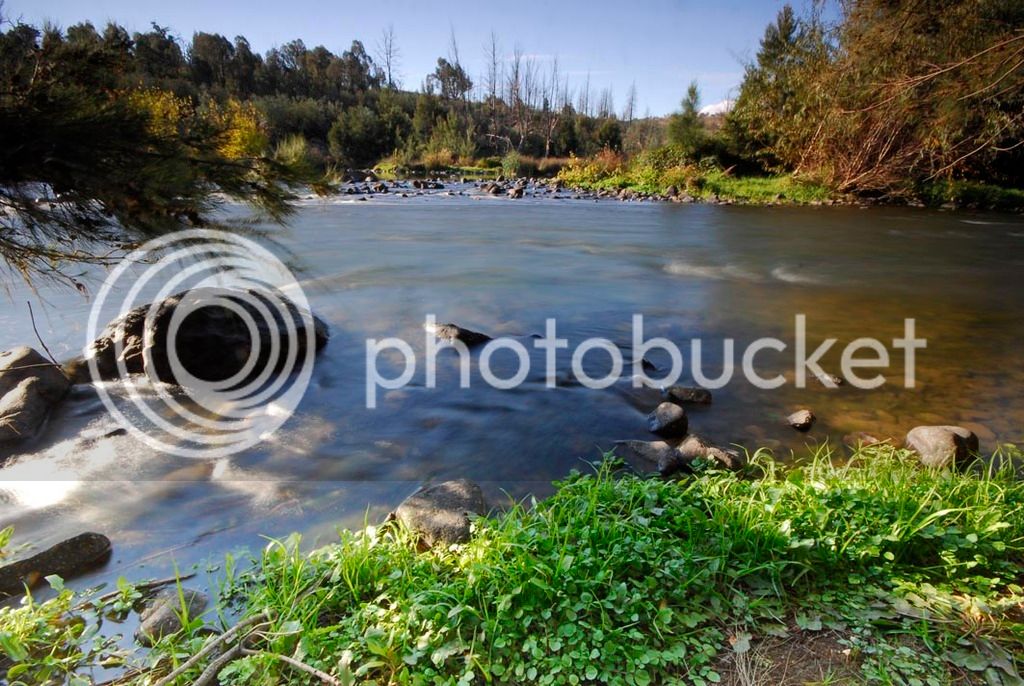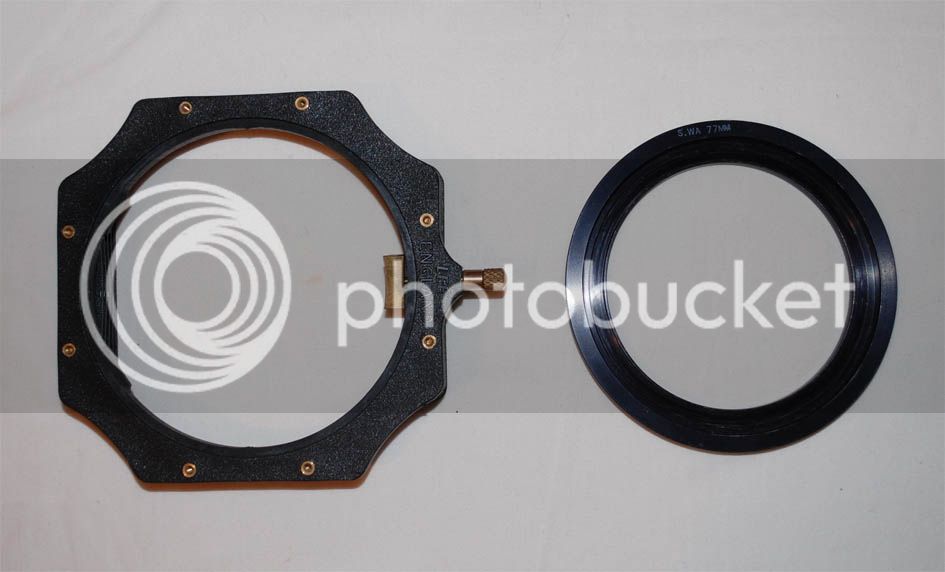emydura
Well-Known Member
From my photos of Murramarang NP, a few people were interested in more detail on graduated neutral density filters which I had used on many of those sunrise/sunset photos. So I thought I’d create a separate post. I thought I might include some information on a couple of other filters I like to use as well. I didn’t expect I would write so much so apologies for the length. Hopefully someone will find it of use.
There are numerous filters you can use but many of these can be easily done in Photoshop so there is not a lot of point using these in the field. The advantage in leaving these to post-production is that if you don’t like the effect it is easy to reverse. However, there are two groups of filters that really need to be used on the camera – the polarizer filter and the neutral density filter.
Polariser Filters
If there is one essential filter then it is the polarizer filter. Polariser filters are great at reducing glare and reflections in an image. This is particularly useful around water. Whenever I photograph waterfalls I always use a polarizer filter. Below are two photographs of the same waterfall. The one on the left has been taken without a polarizer. Notice how the pool of water at the front has a lot of reflections coming off it. There is also a lot of glare coming off the rocks, log and leaves. The overall look is pretty harsh. The photograph on the right has been taken with a polarizer. The water now has no reflections – I can see right through it. There is no glare coming off the rocks or log. The ferns and moss have a much nicer saturated colour.

Polariser filters are also useful at deepening the intensity of blue skies as well as giving real punch to clouds (it makes them really pop out at you). I had trouble finding a before and after shot of this but here is one from my trip in Nepal. The first one is taken without a polarizer. Notice how the sky is nowhere near as intensely blue while the clouds pop out at you a bit more in the second photo. The leaves are a lot more saturated in colour in the second photo as well. To be honest the sky in the second photo is a little over the top. At high altitudes the air is so clear that the skies are already very blue. If you add a polarizer filter on top of this, it can look a little fake.


Neutral Density Filters
Neutral density filters are used for reducing the amount of light entering the camera, thereby increasing the length of the exposure. They can be square in shape and slot into a filter holder (see below for more details) but most commonly screw onto the front of your lens.

I find the main reason I might need a ND filter is when I want the water in a waterfall to be soft and blurry. If the light is very bright you may find that the exposure is too fast to get nice blurry movement in the water. Therefore, adding a ND filter will increase the length of the exposure and give the water a softer look. Here is an example of the look you are after.

A neutral density filter that is currently quite popular is the 10 stop ND filter or Bigstopper as it is commonly called. This filter is useful for creating extremely long exposures. So for example, an exposure of one second without the filter can be increased to over 17 minutes with the 10 stop filter. So you can get some pretty extreme effects. It is really good at getting pretty dramatic cloud movement. I have only just bought this filter so I’m still coming to terms with it. Here is one of my first attempts from a couple of weeks ago. This exposure was just over 4 minutes. This photo may not be everyone’s cup of tea. ☺

There are numerous filters you can use but many of these can be easily done in Photoshop so there is not a lot of point using these in the field. The advantage in leaving these to post-production is that if you don’t like the effect it is easy to reverse. However, there are two groups of filters that really need to be used on the camera – the polarizer filter and the neutral density filter.
Polariser Filters
If there is one essential filter then it is the polarizer filter. Polariser filters are great at reducing glare and reflections in an image. This is particularly useful around water. Whenever I photograph waterfalls I always use a polarizer filter. Below are two photographs of the same waterfall. The one on the left has been taken without a polarizer. Notice how the pool of water at the front has a lot of reflections coming off it. There is also a lot of glare coming off the rocks, log and leaves. The overall look is pretty harsh. The photograph on the right has been taken with a polarizer. The water now has no reflections – I can see right through it. There is no glare coming off the rocks or log. The ferns and moss have a much nicer saturated colour.

Polariser filters are also useful at deepening the intensity of blue skies as well as giving real punch to clouds (it makes them really pop out at you). I had trouble finding a before and after shot of this but here is one from my trip in Nepal. The first one is taken without a polarizer. Notice how the sky is nowhere near as intensely blue while the clouds pop out at you a bit more in the second photo. The leaves are a lot more saturated in colour in the second photo as well. To be honest the sky in the second photo is a little over the top. At high altitudes the air is so clear that the skies are already very blue. If you add a polarizer filter on top of this, it can look a little fake.


Neutral Density Filters
Neutral density filters are used for reducing the amount of light entering the camera, thereby increasing the length of the exposure. They can be square in shape and slot into a filter holder (see below for more details) but most commonly screw onto the front of your lens.

I find the main reason I might need a ND filter is when I want the water in a waterfall to be soft and blurry. If the light is very bright you may find that the exposure is too fast to get nice blurry movement in the water. Therefore, adding a ND filter will increase the length of the exposure and give the water a softer look. Here is an example of the look you are after.

A neutral density filter that is currently quite popular is the 10 stop ND filter or Bigstopper as it is commonly called. This filter is useful for creating extremely long exposures. So for example, an exposure of one second without the filter can be increased to over 17 minutes with the 10 stop filter. So you can get some pretty extreme effects. It is really good at getting pretty dramatic cloud movement. I have only just bought this filter so I’m still coming to terms with it. Here is one of my first attempts from a couple of weeks ago. This exposure was just over 4 minutes. This photo may not be everyone’s cup of tea. ☺

Last edited by a moderator:












